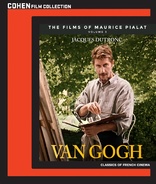Van Gogh: The Films of Maurice Pialat: Volume 3 Blu-ray Movie
HomeVan Gogh: The Films of Maurice Pialat: Volume 3 Blu-ray Movie 
Cohen Media Group | 1991 | 159 min | Not rated | Jul 12, 2016Movie rating
7.2 | / 10 |
Blu-ray rating
| Users | 0.0 | |
| Reviewer | 3.5 | |
| Overall | 3.5 |
Overview
Van Gogh: The Films of Maurice Pialat: Volume 3 (1991)
In late spring, 1890, Vincent moves to Auvers-sur-Oise, near Paris, under the care of Dr. Gachet, living in a humble inn. Fewer than 70 days later, Vincent dies from a self-inflicted gunshot wound. We see Vincent at work, painting landscapes and portraits. His brother Theo, wife Johanna, and their baby visit Auvers. Vincent is playful and charming, engaging the attentions of Gachet’s daughter Marguerite (who’s half Vincent’s age), a young maid at the inn, Cathy a Parisian prostitute, and Johanna. Shortly before his death, Vincent visits Paris, quarrels with Theo, disparages his own art and accomplishments, dances at a brothel, and is warm then cold toward Marguerite.
Starring: Jacques Dutronc, Alexandra London, Bernard Le Coq, Gérard Séty, Corinne BourdonDirector: Maurice Pialat
| Foreign | Uncertain |
| Drama | Uncertain |
| Biography | Uncertain |
Specifications
Video
Video codec: MPEG-4 AVC
Video resolution: 1080p
Aspect ratio: 1.66:1
Original aspect ratio: 1.66:1
Audio
French: Dolby Digital 2.0
Subtitles
English
Discs
50GB Blu-ray Disc
Two-disc set (2 BDs)
Playback
Region A (B, C untested)
Review
Rating summary
| Movie | 3.5 | |
| Video | 4.0 | |
| Audio | 3.0 | |
| Extras | 3.5 | |
| Overall | 3.5 |
Van Gogh: The Films of Maurice Pialat: Volume 3 Blu-ray Movie Review
Reviewed by Jeffrey Kauffman July 15, 2016Vincent Van Gogh’s sad, tortured existence has made perfect fodder for two highly disparate films, Vincente Minnelli’s glossy but intense Lust for Life and Robert Altman’s quirky but also intense Vincent and Theo. Add a third to the mix, Maurice Pialat’s 1991 effort Van Gogh, one that probably hews a bit closer to the Altman ethos than the Minnelli. A somewhat harrowing journey through the closing days of the life of Van Gogh (Jacques Dutronc), the film is oddly divorced at times from what would seem to be its natural milieu: painting. Instead, Van Gogh tends to focus on the personal rather than the “professional” (a relative term, given the relative failure of Van Gogh’s attempts to make a living with his craft). That intimacy involves some of the same sibling interactions that informed Altman’s film, with Van Gogh’s Theo (Bernard Le Coq) showing some of the same sadness and exasperation as the character displays in Vincent and Theo. While Van Gogh treads some perhaps overly familiar waters (and/or sunflower fields), it has a really interesting mood and offers a gallery of performers nice opportunities for emotionally resonant work. Van Gogh almost naturally suggests itself as a likely candidate for a “triple feature” with the two above named films, and as such it’s perhaps most interesting to view in that context in terms of how it presents its story and what exactly the story it tells is really about. This is not a film about a tortured artist in a traditional sense (or even within the traditional sense of how Van Gogh is portrayed in the two other films), but instead a portrait of a tortured person who just happens to be an artist. It’s a subtle but relevant distinction that perhaps helps to point out Pialat’s potentially more universal focus.
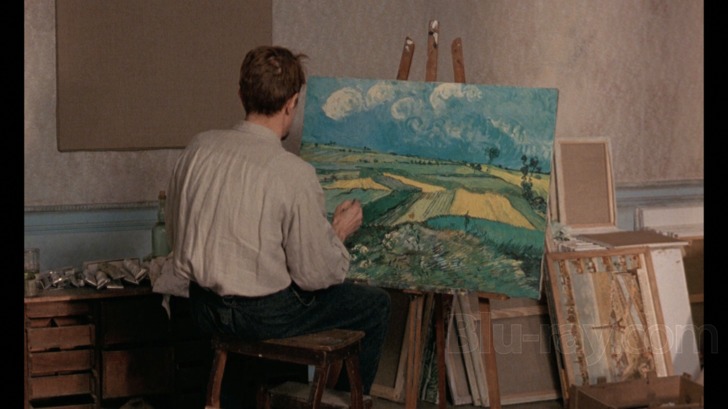
Vincent Van Gogh’s roiling psychological issues provide at least part of the focus of both Lust for Life and Vincent and Theo, and while they’re obviously inescapable in Van Gogh as well, Pialat (who also wrote the film) seems to want to emphasize the fact that physically Van Gogh was a basket case, as well. These issues bring him into contact with a doctor named Gachet (Gérard Séty) and perhaps just as importantly with Gachet’s daughter Marguerite (Alexandra London). It’s in this sidebar that Van Gogh finds some of its most distinctive content, and in fact there are times in this quasi-romance where Van Gogh seems to assume an almost normal, even ebullient, mien. It’s a distinctly different “Van Gogh” than some might be expecting, especially given the way the character has been portrayed not just in film but in the general public consciousness, as the very model of a tortured artist.
From a cursory and admittedly far from scientific review of the historical record, it seems that Pialat’s emphasis on a relationship between Van Gogh and Marguerite is not actually part of the actual historical record, though it is certainly one of the ways Van Gogh sets itself apart from its cinematic kin. That said, there’s something just a little odd about seeing this frail and tempestuous soul move, if only in fits and starts, toward a rather conventional domestication (despite a visit to a brothel or two). The film probably traffics in more authentic behavior in its portrayal of the stormy relationship between Vincent and Theo, and here some of Pialat’s philosophical tendencies come to the fore, in somewhat the same way that they do in Under the Sun of Satan: The Films of Maurice Pialat: Volume 2.
The film is bolstered by some astute performances and by Pialat’s always redolent visual sense. If Minnelli’s take on the artist gloried in the widescreen excesses that were part and parcel of American filmmaking in the fifties, Pialat takes a somewhat more restrained but still rather lush approach toward its subject. The glories of various landscapes and Van Gogh’s urges to become one with nature help to give this film unique luster and add to its overall allure.
My colleague Dr. Svet Atanasov was considerably more impressed by Van Gogh and fans of the film are encouraged to read his thoughts in his Van Gogh Blu-ray review.
Van Gogh: The Films of Maurice Pialat: Volume 3 Blu-ray Movie, Video Quality 
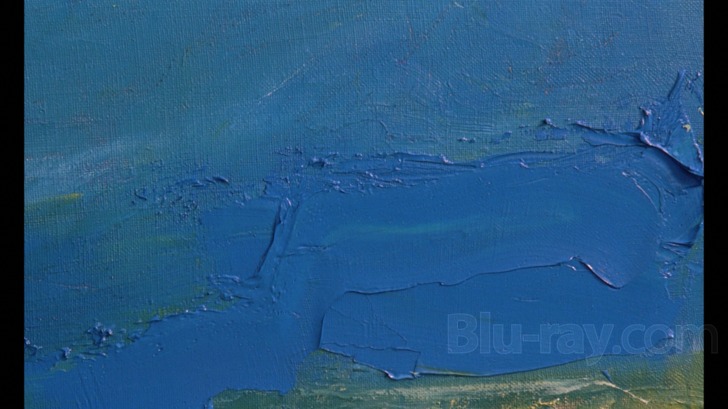
Van Gogh is presented on Blu-ray courtesy of Cohen Film Collection with an AVC encoded 1080p transfer in 1.66:1. Cohen's press materials don't really address the provenance of this master, so I'm unable to comment authoritatively if it's the same as that used for the French release from a few years ago reviewed by Svet Atanasov, but a non scientific comparison of screenshots suggests that while detail levels are essentially identical, the Cohen transfer is at least incrementally brighter than the Gaumont release. Whether this is more "accurate" I can't definitively state since I never saw Van Gogh theatrically, but I can say that nothing struck me as artificially boosted when I watched the film, and the palette looked generally rather lustrous and warm throughout the presentation. Elements are pretty pristine looking throughout, but as Svet mentioned with regard to the Gaumont release, occasional artifacts dust some of the duskier moments.
Van Gogh: The Films of Maurice Pialat: Volume 3 Blu-ray Movie, Audio Quality 
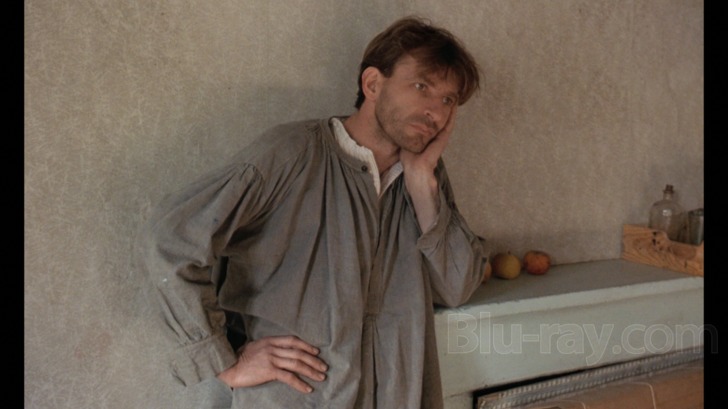
Two steps forward, one step back. We've returned to a lossy Dolby track on this release, after my frequent tirades wondering why Cohen, the very definition of niche videophile (and audiophile) label, would offer only lossy audio on the two previous Maurice Pialat collections, The Films of Maurice Pialat: Volume 1 and Under the Sun of Satan: The Films of Maurice Pialat: Volume 2, a trend which seemed to have finally been avoided with Cohen's recent release of Rams, which offered a DTS-HD Master Audio 5.1 audio track. What makes this an odd choice is that at least some of these Pialat films have received releases in other regions that featured lossless audio, so lossy Dolby tracks are even more of a headscratcher than they might otherwise have been (and make no mistake about it, they would have been, one way or the other). In any case, the "good" news, if audiophiles will allow it to be seen (heard?) as such, is that while not especially forceful, the Dolby 2.0 mono track on this disc adequately if never impressively supports the film's dialogue, occasionally quite evocative ambient environmental effects and intermittent music. Nothing's going to wow the typical listener here, but similarly there's nothing major to complain about, either. That said, c'mon Cohen--Blu-ray consumers want lossless audio.
Van Gogh: The Films of Maurice Pialat: Volume 3 Blu-ray Movie, Special Features and Extras 
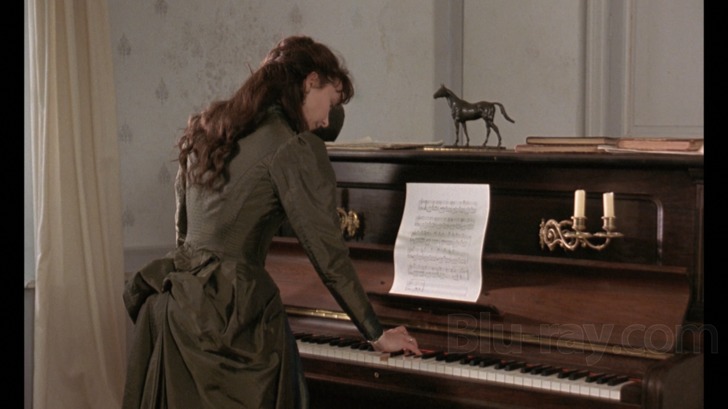
Note: All of the supplements are contained on a separate Blu-ray disc from the one containing the feature film.
- Interview with Jacques Dutronc (1080p; 21:29). In French with English subtitles.
- Interview with Emmanuel Machuel (1080p; 24:22). In French with English subtitles.
- Interview with Bernard Le Coq (1080p; 31:40). In French with English subtitles.
- Interview with Xavier Giannoli (1080p; 40:25). In English.
- Deleted Scenes (1080p; 46:10) contains some prefatory remarks by Yann Dedet.
- Original Trailer (1080p; 1:42)
- 2016 Re-Release Trailer (1080p; 1:36)
Van Gogh: The Films of Maurice Pialat: Volume 3 Blu-ray Movie, Overall Score and Recommendation 
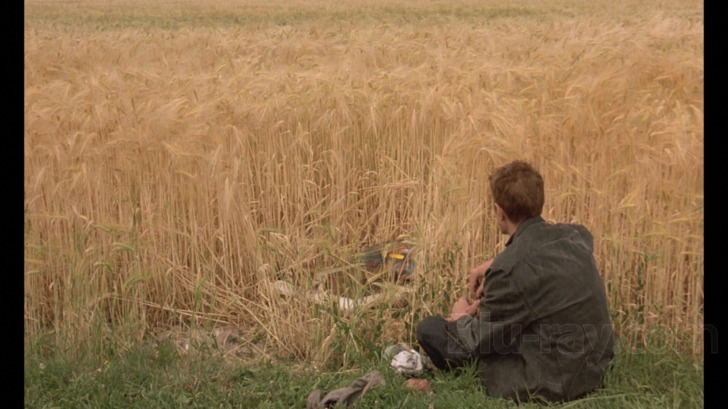
As an intellectual exercise, especially one undertaken in conjunction with viewings of Lust for Life and Vincent and Theo, Van Gogh is often quite bracing. As history, it's probably as fanciful as Minnelli's formulation, albeit in a completely different way. The film is rather "interior" in a traditional Pialat-esque manner, and that both adds to its authenticity while also creating certain obstacles for viewers who might be wanting more of a visceral connection with its titular character. Technical merits have occasional challenges (especially with regard to the lossy audio), but with caveats noted, Van Gogh comes Recommended.
Similar titles
Similar titles you might also like
(Still not reliable for this title)

Out 1
Out 1, noli me tangere
1971

Vivre sa vie
Vivre sa vie: Film en douze tableaux / My Life to Live
1962

Les Amants de Montparnasse
1958

Le Plaisir
1952

Endless Poetry
Poesía sin fin
2016

The Wild Child
L'enfant Sauvage
1970

Girlhood
Bande de filles
2014

Mandabi
1968

Elles
2011

The Image Book
Le livre d'image
2018

Young & Beautiful
Jeune et jolie / Slipcover in Original Pressing
2013

Kameradschaft
Comradeship
1931

Danton
1983

The Class
Entre les murs
2008

Panique
Panic
1946

Napoléon
Napoléon vu par Abel Gance
1927

Holy Motors
Collector's Edition
2012

L' Argent
1928

Tchao pantin
So Long, Stooge | Limited Edition
1983

Soleil Ô
Oh, Sun
1967
